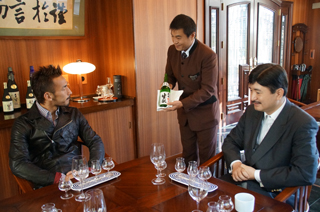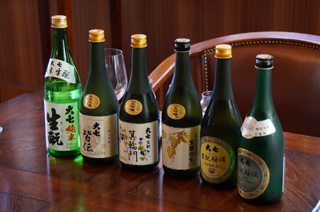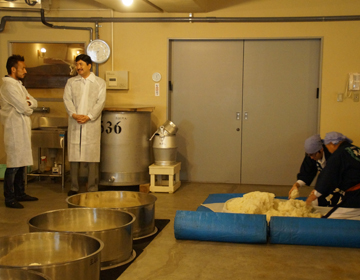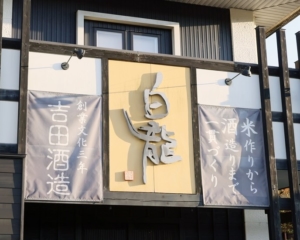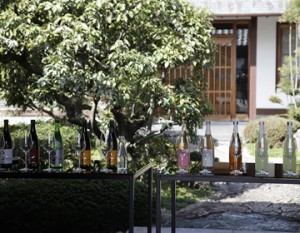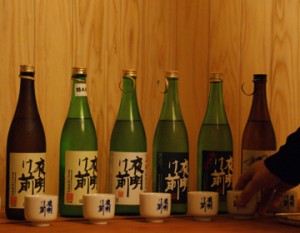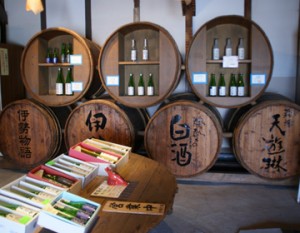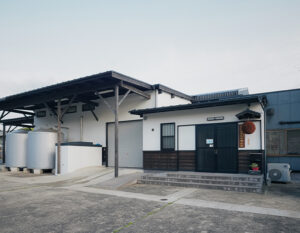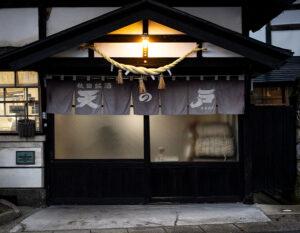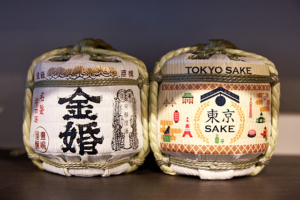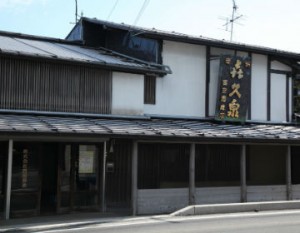Cold winter is good for “sake”
Founded in 1752, Daishichi Brewery located in Nihonmatsu has 260 years of history in ”sake” making. Daishichi Brewery has remained faithful to the very traditional ”Kimoto method” of brewing, and continue to make a mellow ”sake”. Surprisingly, 95% of ”sake” is made using the ”Kimoto” method. It has a depth and unique taste that is very popular.
The 10th generation master brewer, Hideharu Ota guided us around the brewery. One of the philosophy of Daishichi Brewery is that the ””sake” should grow” over time.
”I think the cold winter is a bonus for ”sake”.” said Ota.
”With truly cold winter, the ”sake” reaches a point that cannot be achieved when chilled artificially. There is a flavor that cannot be reached without the passage of time.” ”Sake” should be like a slow blooming flower. If the winter is warm, it ages too quickly and is ready to be consumed within a year. That makes the brewers sad. We look forward to how much the sake can mature after it leaves our brewery.”
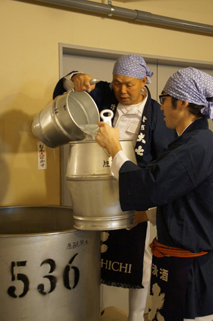
“Culture” that has been active for 260 years
We were shown around the brewery. During our tour, Nakata noticed a Japanese caldron or ”wagama” that is used for steaming rice. It was brand new.
”I’ve never known anyone purchase a new ”wagama.” said Nakata.
”I like the Japanese caldron. It releases great steam.” Ota responded. Japanese caldron is used over high heat, and the first round of steam is not so different from an ordinary boiler. However, it gradually becomes a hot dry steam. When rice is steamed under those conditions, it soaks up moisture initially, then the steam at the end dries the surface, locking in the moisture. It makes the ideal rice for ”koji” culture.”
Ota said that ”Our greatest asset is the ”koji” culture that has been kept alive in our brewery for 260 years.” This cannot be created by human hands. Just as a cold winter is considered a plus, ”sake” brewing requires being in tune with nature.
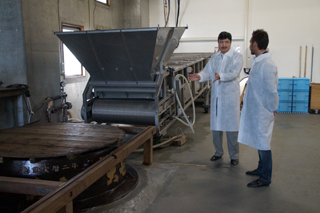
“Sake” fitting for the process of the meal
We were allowed to taste the ”sake” using glasses made for ”sake” tasting by Shinya Tazaki, a sommelier. The glass did not look like it was made for ”sake”. In fact, the living room we were guided to for the tasting had the ambience of an European hotel. Nakata talked about a winery he had visited in Italy.
”When you go to a winery in Italy, they serve you various wines, and the meals that accompany the wine are really delicious. They actually recommend which wines to pair with each dish.”
As Nakata told his story, Ota commented in agreement.
”Until recently, in Japan, it was the tendency to think of great food and great ”sake” separately, without thinking of how to pair them. We want to create ”sake” that is a good match for the process of a meal. I would like to establish a style where we serve ”sake” in alignment with the timeline of the meal. Not all meals are a good fit for ”daiginjo”. You also have to consider ”nigorizake” (cloudy ”sake”), as well as those with a deep body. ”Sake” should blend into the meal. I think that’s how it is supposed to be. ”
Making great ”sake”. The ”sake” will really shine when it harmonizes with the meal.
